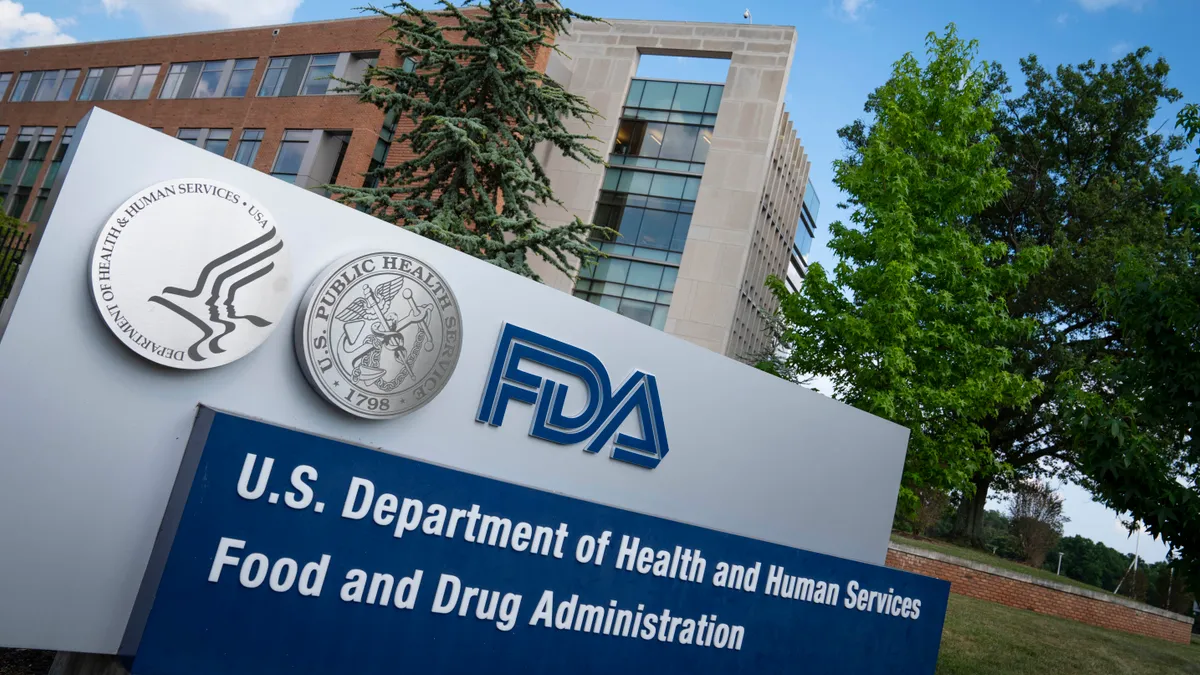Dive Brief:
- FDA granted emergency use authorization to many medical devices during the pandemic without any documented supporting data, according to a study published in JAMA Internal Medicine.
- The study found 32 of the 54 medical device EUAs lacked supporting evidence, with most of the other authorizations backed by laboratory data. A similar picture emerges in the analysis of in vitro diagnostics, which were authorized without testing "against criterion standard."
- In the view of the authors of the study, the use of "low-quality data" is reasonable at the start of a crisis but FDA should consider raising the standard of evidence after multiple products come to market.
Dive Insight:
FDA significantly increased the use of EUAs in response to the COVID-19 pandemic, turning a pathway that was rarely followed in the 15 years after its first use in 2005 into the cornerstone of the response to the crisis. That surge in activity has raised concerns in some quarters, with Marcus Schabacker, CEO of the watchdog group ECRI, saying "alarm bells went off" because it looked indiscriminate as to who received an EUA and who did not.
Researchers at Tel Aviv Sourasky Medical Center sought to understand the use of EUAs during the pandemic by looking at the evidence companies used to secure emergency authorization from FDA.
The researchers collected EUAs posted to the FDA website between Jan. 1, 2020, and Jan. 22, 2021. The process resulted in a database of 393 products that received EUA in relation to COVID-19. Eighty-four percent of the products were diagnostic tests, and medical devices accounted for 14% of the products.
With FDA using the pathway to help scale up testing capacity and ensure access to devices such as face masks and ventilators, the agency awarded EUAs on the strength of limited evidence. Seventy-seven percent of the diagnostics received EUA on the basis of comparisons with various previously authorized assays, with most of the remaining products using analytical in vitro studies as evidence.
The authors see problems with giving EUA on the strength of such evidence.
"Because these diagnostic products were not tested against criterion standard and no evaluation showed that the products correctly identified people with vs without COVID-19 infection, the true sensitivity and specificity as well as real-world frequency of false-positive and false-negative results can only be approximated," the study states.
Similarly, 59% of the medical device EUAs lacked supporting evidence. Only 4% of the EUAs featured clinical data. The authors warn that the lack of evidence "might bring to market devices that are potentially more harmful than beneficial," adding that "the rapid uptake of potentially beneficial technologies should be balanced against device-related safety problems."
In a discussion of the results, the authors state it was reasonable to authorize diagnostics on the strength of low-quality data early in the pandemic, when the U.S. lacked testing capacity and FDA was criticized for impeding market access. However, they recommend that in future emergencies FDA considers "raising the standard of evidence required for EUAs after several diagnostic products are marketed to ensure their accuracy."










